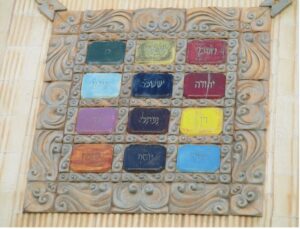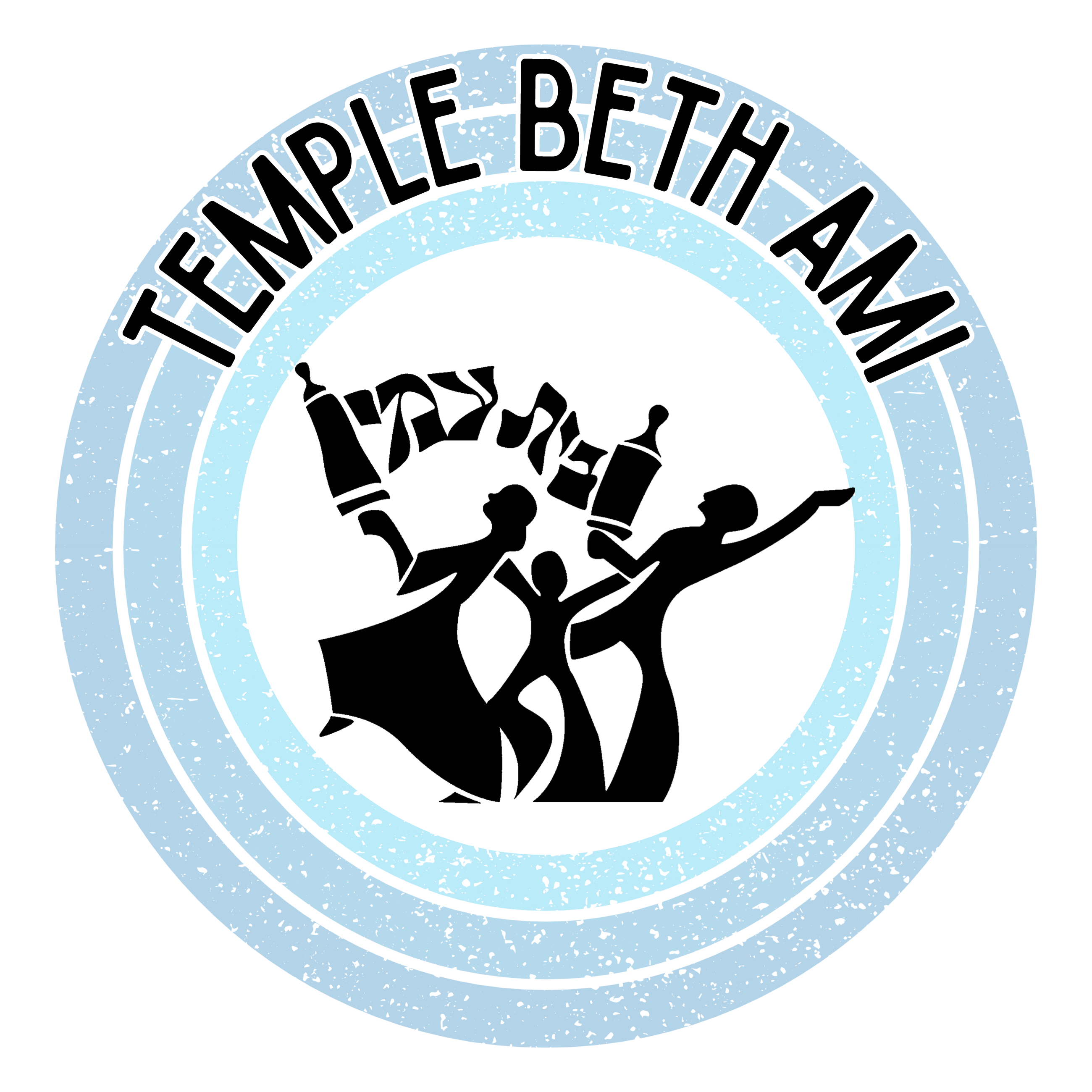Tetzaveh 5783
Ex. 27:20 – 30:10
Rabbi Baht Weiss
In Parshat T’tzvaeh the Torah describes in painstaking detail how the Mishkan (the portable sanctuary) and all its ritual items are to be constructed. Among those ritual items was the breastplate, worn by the High Priest, while serving the Mishkan. The breastplate, with its four rows of three precious gems each, was designed to represent the twelve tribes of Israel. Every stone had its place. Only when every stone was in its place, would the priest be able to fulfill his service to God. Rabbi Leah Lewis points out, “The instruction for the chosen (breastplate) ensured that there was a place for every tribe and that no one’s space dominated the other. By divine design, all of Israel was given their rightful space.”
 According to the Jewish Ethic practice of Mussar, from this parsha, we learn the middah, the Jewish value of anavah ענוה humility. Each of the tribes were given their own separate space to prevent any one tribe to dominate the space of the other. Rabbi Lewis points out that those instructions served as a reminder for the High Priests to occupy his rightful space only and to remain mindful of his role.
According to the Jewish Ethic practice of Mussar, from this parsha, we learn the middah, the Jewish value of anavah ענוה humility. Each of the tribes were given their own separate space to prevent any one tribe to dominate the space of the other. Rabbi Lewis points out that those instructions served as a reminder for the High Priests to occupy his rightful space only and to remain mindful of his role.
The Torah recognized early on the importance in balances of power. I am concerned that the Modern State of Israel is having trouble remembering that important lesson. Currently, the Israeli government under Prime Minister Benjamin Netanyahu is planning to overhaul the judiciary. The plans, which would give Prime Minister Benjamin Netanyahu greater control of appointments to the bench and weaken the Supreme Court’s ability to strike down legislation or rule against the executive, have triggered angry protests across Israel for weeks.
Netanyahu, currently on trial on corruption charges which he denies, says the changes are needed to restore balance in the system and curb activist judges who have overreached their powers to interfere in the political sphere. Netanyahu currently leads the most right-wing government coalition that Israel has ever had.
Rabbi Jonathan Sacks points out how the division of religious leadership is dramatized in Parshat Tetzaveh, focusing on the role of the priest to the exclusion of the prophet. He points out that it is the first parsha since the beginning of Exodus in which Moses’ name is not mentioned. Rabbi Sacks writes, “Priests and prophets were very different in their roles..the task of the priest was “boundary maintenance. The key priestly verbs were lehavdil and lehorot, to distinguish one from the other and apply the appropriate rules. Priests gave rulings, prophets gave warnings.
Returning to the breastplate, Rabbi Lewis points out, “Leading the ritual life of the people, the High Priest could easily have developed an inflated sense of self. Yet the mere structure of the breastplate made it impossible for hubris to take over. After all, only when he was wearing the jewel-studded piece representing the entire people—its weight literally and figuratively pressing on his shoulders—was he able to fulfill his sacred duty.”
If only we too could wear a physical reminder like the breastplate to remind us not to overshadow others and take up too much space. If only we could learn to listen and hear as much as we speak and share. Perhaps we could learn something from the humility of these High Priests, who learned to make space for others in their community.

